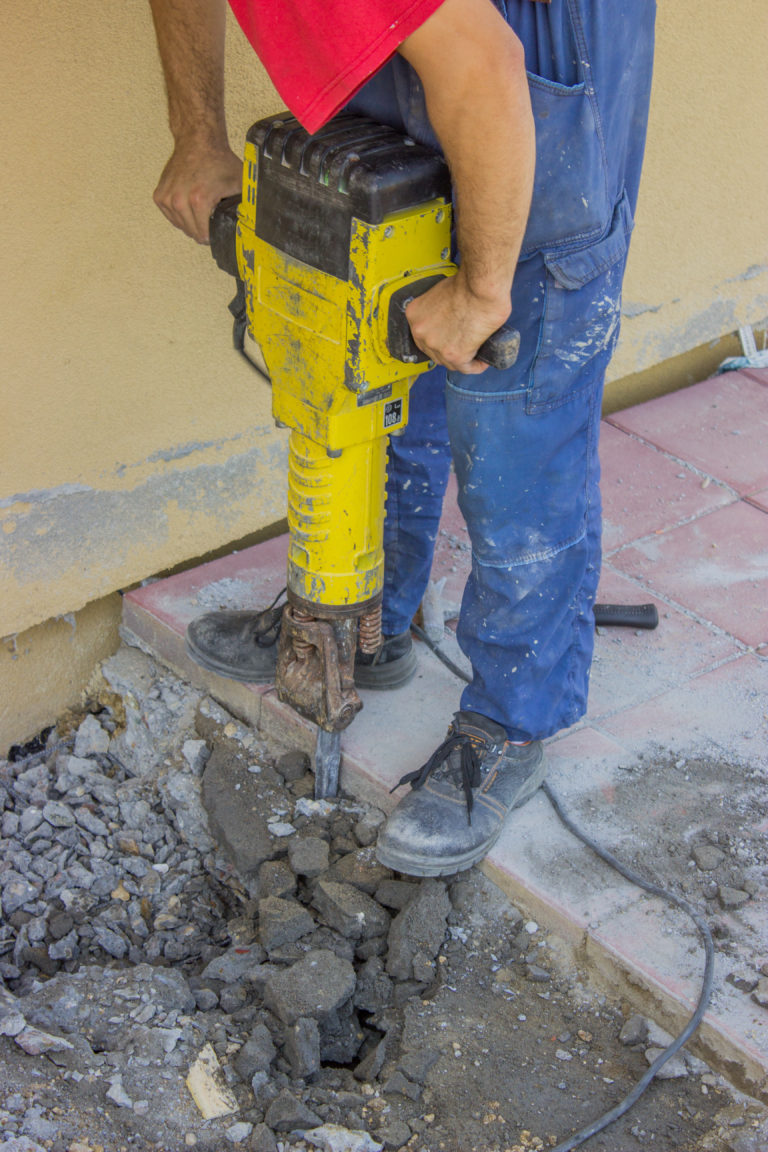This article is from the free online
Occupational Health in Developing Countries


Reach your personal and professional goals
Unlock access to hundreds of expert online courses and degrees from top universities and educators to gain accredited qualifications and professional CV-building certificates.
Join over 18 million learners to launch, switch or build upon your career, all at your own pace, across a wide range of topic areas.

 Worker using an electric jackhammer. This work causes vibration exposure to his hands and arms. © Colourbox
Worker using an electric jackhammer. This work causes vibration exposure to his hands and arms. © Colourbox A worker experience whole-body vibration when sitting on a tractor. © Colourbox
A worker experience whole-body vibration when sitting on a tractor. © Colourbox





